Non-Toxic Paints vs PVC Wraps on Kids' Furniture: The Complete Safety Guide
Table Of Contents
- Introduction
- Understanding Children's Furniture Finishes
- Non-Toxic Paints for Kids' Furniture
- PVC Wraps for Kids' Furniture
- Safety Comparison: Non-Toxic Paints vs PVC Wraps
- Durability and Maintenance
- Aesthetic Considerations
- Making the Right Choice for Your Child
- Conclusion
Non-Toxic Paints vs PVC Wraps on Kids' Furniture: The Complete Safety Guide
When furnishing your child's bedroom or playroom, safety is naturally a top priority. Beyond the furniture's design and stability, the materials and finishes used on these pieces can significantly impact your child's health and wellbeing. Two common finishing options for children's furniture are non-toxic paints and PVC wraps, each with its own set of benefits and considerations.
As parents become increasingly aware of potential environmental toxins, understanding the difference between these furniture finishing options has never been more important. Children are particularly vulnerable to chemical exposure due to their developing bodies, faster respiratory rates, and tendency to touch surfaces and then put their hands in their mouths.
In this comprehensive guide, we'll explore the key differences between non-toxic paints and PVC wraps for kids' furniture. We'll examine safety considerations, durability factors, maintenance requirements, and aesthetic options to help you make an informed decision that prioritizes both your child's safety and your design preferences.
Non-Toxic Paints vs PVC Wraps for Kids' Furniture
Non-Toxic Paints
Low/Zero VOCs - Better for indoor air quality
Customizable - Unlimited colors and finishes
Eco-friendly - Better environmental impact
Variable durability - May require touch-ups
PVC Wraps
High durability - Resistant to scratches and stains
Water-resistant - Easy to clean and maintain
Uniform appearance - Consistent finish
Chemical concerns - May contain phthalates
Safety Comparison
Non-Toxic Paints
- Lower chemical emissions after curing
- Look for GREENGUARD Gold certification
- Better for children with allergies or asthma
PVC Wraps
- May release phthalates and VOCs over time
- Check for CARB Phase 2 Compliance
- Practical for high-traffic, high-moisture areas
Making the Right Choice
For Sleeping Areas
Non-toxic paints recommended for beds and surrounding furniture
For Activity Areas
PVC wraps may be practical for play tables and high-use surfaces
Special Considerations
Children with allergies or sensitivities benefit from non-toxic paints
Balance Safety with Practicality
The best furniture finish choice balances safety concerns, practical needs, and aesthetic preferences. Quality matters significantly – high-grade non-toxic paints and premium PVC wraps both outperform lower-quality alternatives.
Understanding Children's Furniture Finishes
Children's furniture finishes serve multiple purposes: they protect the underlying material, enhance the furniture's appearance, and determine how the surface interacts with your child. Traditional furniture finishes often contained high levels of volatile organic compounds (VOCs) and other potentially harmful chemicals. Today, parents have more options that prioritize safety without sacrificing quality or appearance.
The two most popular finishing options for modern children's furniture are non-toxic paints and PVC (polyvinyl chloride) wraps. Understanding the fundamental differences between these options is essential for making choices that align with your family's needs and values.
While both options are widely used in the furniture industry, they differ significantly in their composition, application process, environmental impact, and potential health implications. Let's explore each option in detail to help you determine which might be better suited for your child's furniture.
Non-Toxic Paints for Kids' Furniture
Non-toxic paints represent a significant advancement in furniture finishing technology, offering parents a safer alternative to traditional solvent-based paints that often contained high levels of VOCs and other harmful chemicals. When shopping for kids' furniture, understanding what makes a paint truly "non-toxic" is crucial.
Types of Non-Toxic Paints
Several categories of non-toxic paints are commonly used on children's furniture:
Water-based paints use water as a carrier instead of petroleum-based solvents, significantly reducing VOC emissions. They're generally considered safer than traditional oil-based alternatives and come in various finishes from matte to glossy.
Milk paints are made from milk protein (casein), lime, clay, and natural pigments. These ultra-natural paints have been used for centuries and contain no VOCs, preservatives, or fungicides. They create a distinctive, somewhat rustic finish that works beautifully on wooden kids' tables and chairs.
Chalk paints are mineral-based paints known for their ultra-matte finish and excellent adhesion properties. Quality chalk paints are typically low in VOCs and create a soft, velvety appearance that's popular for children's furniture.
Natural paints are made from plant oils, resins, and essential oils without synthetic ingredients. These paints are biodegradable and emit minimal odors, making them ideal for children with chemical sensitivities or respiratory issues.
Benefits of Non-Toxic Paints
The advantages of choosing non-toxic paints for your child's furniture extend beyond the obvious safety benefits:
Reduced chemical exposure: Non-toxic paints minimize your child's exposure to potentially harmful chemicals that can off-gas for years. This is particularly important in bedrooms where children spend 8-12 hours daily.
Improved indoor air quality: With lower VOC emissions, non-toxic paints help maintain healthier indoor air quality, which can be especially beneficial for children with asthma or allergies.
Customization options: Painted furniture offers tremendous flexibility in terms of color and finish. This allows you to coordinate perfectly with your child's room decor or update the look as your child's preferences change.
Natural aging process: Many non-toxic paints, especially milk and chalk varieties, age beautifully, developing character over time rather than deteriorating or yellowing like some synthetic finishes.
Limitations of Non-Toxic Paints
Despite their advantages, non-toxic paints do have some limitations to consider:
Durability concerns: Some non-toxic paints may be less durable than conventional alternatives or PVC wraps, potentially showing wear more quickly in high-use areas.
Maintenance requirements: Painted surfaces may require more frequent touch-ups, especially on items that see heavy use like activity tables or desk surfaces.
Application complexity: Achieving a smooth, professional finish with non-toxic paints sometimes requires more skill or preparation than with conventional paints.
Cost considerations: High-quality non-toxic paints often come at a premium price point compared to conventional alternatives.
PVC Wraps for Kids' Furniture
PVC (polyvinyl chloride) wraps have gained popularity as an alternative finishing method for children's furniture. Understanding what these wraps are and how they compare to painted finishes is essential for making an informed decision.
What Are PVC Wraps?
PVC wraps are thin, flexible sheets of polyvinyl chloride that are adhered to furniture surfaces using heat and adhesives. These wraps come in a wide variety of colors, patterns, and textures, including options that mimic natural materials like wood grain or marble.
The application process involves wrapping the furniture component with the PVC film and using heat to shrink and conform the material to the furniture's shape. The result is a seamless, uniform finish that completely encases the underlying material.
In the context of children's storage furniture and bed frames, PVC wraps are often used on MDF (medium-density fiberboard) or particleboard substrates to create durable, cost-effective pieces with consistent finishes.
Benefits of PVC Wraps
PVC wraps offer several advantages that have contributed to their widespread use in children's furniture:
Exceptional durability: PVC wraps create a hard-wearing surface that resists scratches, dents, and stains—important qualities for furniture that will endure the rough-and-tumble nature of childhood play.
Water resistance: Unlike many painted finishes, PVC wraps provide excellent moisture resistance, making them practical for areas where spills are likely to occur.
Consistent appearance: PVC wraps deliver a uniform finish without brush strokes, drips, or texture variations that can occur with painted surfaces.
Low maintenance: Furniture finished with PVC wraps typically requires minimal maintenance—usually just regular cleaning with mild soap and water—without the need for reapplication or touch-ups.
Concerns About PVC Wraps
Despite their practical benefits, PVC wraps raise several concerns that parents should consider:
Chemical composition: PVC typically contains phthalates (plasticizers that increase flexibility) and sometimes lead or cadmium as stabilizers. These chemicals have been associated with various health concerns, particularly for developing children.
Off-gassing potential: New PVC products can release VOCs through a process called off-gassing. While the rates decrease over time, this initial release may contribute to indoor air pollution.
Environmental impact: PVC is considered one of the most environmentally problematic plastics due to issues with both production and disposal. It's difficult to recycle and releases toxic compounds when incinerated.
Repair limitations: If damaged, PVC wraps can be difficult to repair without replacing the entire wrapped component, unlike painted surfaces which can often be touched up.
Safety Comparison: Non-Toxic Paints vs PVC Wraps
When evaluating children's furniture finishes, safety considerations should take precedence. Let's directly compare how non-toxic paints and PVC wraps measure up in terms of potential health impacts.
Chemical Emissions and Indoor Air Quality
Research has shown that children are particularly vulnerable to the effects of chemical exposures due to their developing bodies and proportionally greater intake of air relative to their body size.
Non-toxic paints: High-quality non-toxic paints are specifically formulated to minimize harmful emissions. They typically contain low or zero VOCs and avoid problematic ingredients like formaldehyde, ammonia, and aromatic solvents. After the initial curing period (usually 2-4 weeks), quality non-toxic paints emit minimal, if any, harmful substances.
PVC wraps: New PVC products, including furniture wraps, may release phthalates and other chemical compounds into the air. While manufacturers have worked to develop lower-emission products, studies suggest that PVC materials can continue to release compounds over time, potentially contributing to indoor air pollution. The degree of emission varies significantly based on the specific formulation and quality of the PVC wrap.
Certifications and Safety Standards
When selecting children's furniture, looking for appropriate safety certifications can provide additional peace of mind:
For non-toxic paints: Look for certifications like GREENGUARD Gold, which verifies low chemical emissions, or certifications from organizations like Green Seal or the EU Ecolabel. These indicate that the paints meet strict standards for VOC content and hazardous chemical restrictions.
For PVC wraps: While there's no specific certification for PVC wraps alone, furniture using these materials may carry certifications like CARB Phase 2 Compliance (addressing formaldehyde emissions from composite wood products underneath) or BIFMA certification for overall furniture safety and performance.
Durability and Maintenance
Children's furniture needs to withstand considerable wear and tear, from spills and crayon marks to climbing and jumping. The durability of your chosen finish directly impacts how well the furniture will stand up to these challenges.
Non-toxic paints: The durability of painted finishes varies widely depending on the specific type of paint and how it's applied. Some key considerations include:
Water-based non-toxic paints typically create a finish that's moderately resistant to stains and moisture but may show wear in high-use areas. Additional clear topcoats can enhance durability but must also be selected for low toxicity.
Chalk and milk paints generally require a protective topcoat like non-toxic wax or sealer to prevent staining and wear. Without this protection, they can be quite vulnerable to damage.
Regular maintenance might include gentle cleaning with mild soap and water, avoiding harsh chemicals that could damage the finish or release toxins. Touch-ups may be necessary over time, especially in high-wear areas.
PVC wraps: These finishes excel in terms of durability with several notable characteristics:
Highly resistant to scratches, stains, and moisture, making them practical for messy activities and frequent cleaning.
Maintaining PVC-wrapped furniture typically involves simple cleaning with mild household cleaners. The non-porous surface prevents liquid absorption, reducing the risk of staining and bacterial growth.
However, PVC wraps can be damaged by excessive heat or sharp objects, and unlike painted surfaces, cannot be easily repaired if damaged.
Aesthetic Considerations
Beyond safety and durability, the visual appeal of your child's furniture plays an important role in creating a nurturing, stimulating environment.
Non-toxic paints offer unparalleled customization options:
Virtually unlimited color choices, allowing for perfect coordination with room decor or color themes that stimulate child development.
Various finishes from matte to high-gloss, each creating different visual effects and practical properties.
The ability to create unique designs, patterns, or even hand-painted artwork that makes each piece special and personalized.
A natural, warm aesthetic that many parents prefer, particularly with wood furniture that maintains a connection to natural materials.
PVC wraps have their own aesthetic advantages:
Perfect consistency in color and pattern across multiple furniture pieces, creating a cohesive look for children's room sets.
Advanced printing technologies allow for highly realistic wood grain patterns, colorful designs, or even themed imagery that appeals to children.
The smooth, uniform surface creates a contemporary, clean aesthetic that works well in modern nursery and children's room designs.
Some premium PVC wraps include textured surfaces that mimic natural materials like wood or stone, adding tactile interest.
Making the Right Choice for Your Child
When deciding between non-toxic paints and PVC wraps for your child's furniture, consider these key factors to guide your decision:
Your child's specific needs: Children with allergies, asthma, or chemical sensitivities may benefit from the potentially lower chemical emissions of high-quality non-toxic painted furniture.
Age-appropriate considerations: For very young children who might chew on furniture edges, non-toxic painted surfaces sealed with food-grade finishes may provide added peace of mind compared to PVC wraps.
Intended use and location: For areas with high moisture exposure like bathrooms or where frequent cleaning is necessary, PVC wraps may offer practical advantages. For sleeping areas where children spend many hours, the potentially lower chemical emissions of non-toxic paints might be preferred.
Long-term plans: Consider how long you expect the furniture to be used. Painted furniture can often be refreshed with new colors as your child grows, while PVC-wrapped pieces offer consistent durability but less flexibility for changes.
Environmental values: If environmental sustainability is important to your family, non-toxic paints generally have a lower environmental impact than PVC materials, which are petroleum-based and difficult to recycle.
At Loft Home Furniture, we believe in providing options that meet diverse family needs while maintaining our commitment to quality and safety. Our selection of kids' furniture includes pieces with various finishing options, allowing you to make the choice that best aligns with your family's priorities.
Conclusion
When it comes to children's furniture finishes, both non-toxic paints and PVC wraps offer distinct advantages and considerations. Non-toxic paints typically provide lower chemical emissions, customization options, and environmental benefits, while PVC wraps excel in durability, water resistance, and maintenance ease.
The best choice for your family ultimately depends on balancing safety concerns, practical needs, aesthetic preferences, and environmental values. For optimal safety, consider prioritizing furniture pieces finished with certified non-toxic paints for items where your child spends the most time, particularly beds and reading chairs.
Remember that quality matters significantly with both options. High-quality non-toxic paints with proper certification and premium PVC wraps from reputable manufacturers will generally outperform lower-quality alternatives in terms of both safety and durability.
At Loft Home Furniture, we're committed to helping you create beautiful, functional, and safe spaces for your children to grow and thrive. We carefully select our children's furniture collections with an emphasis on safety standards, quality construction, and timeless designs that support healthy development.
Explore our curated collection of kids' furniture at Loft Home, featuring options that prioritize both safety and style. Visit our showroom at Gambas Crescent to see and feel the quality difference in person, or shop online with confidence backed by our 30-day return policy. For personalized recommendations on the best furniture finishes for your child's specific needs, contact our friendly customer service team today.
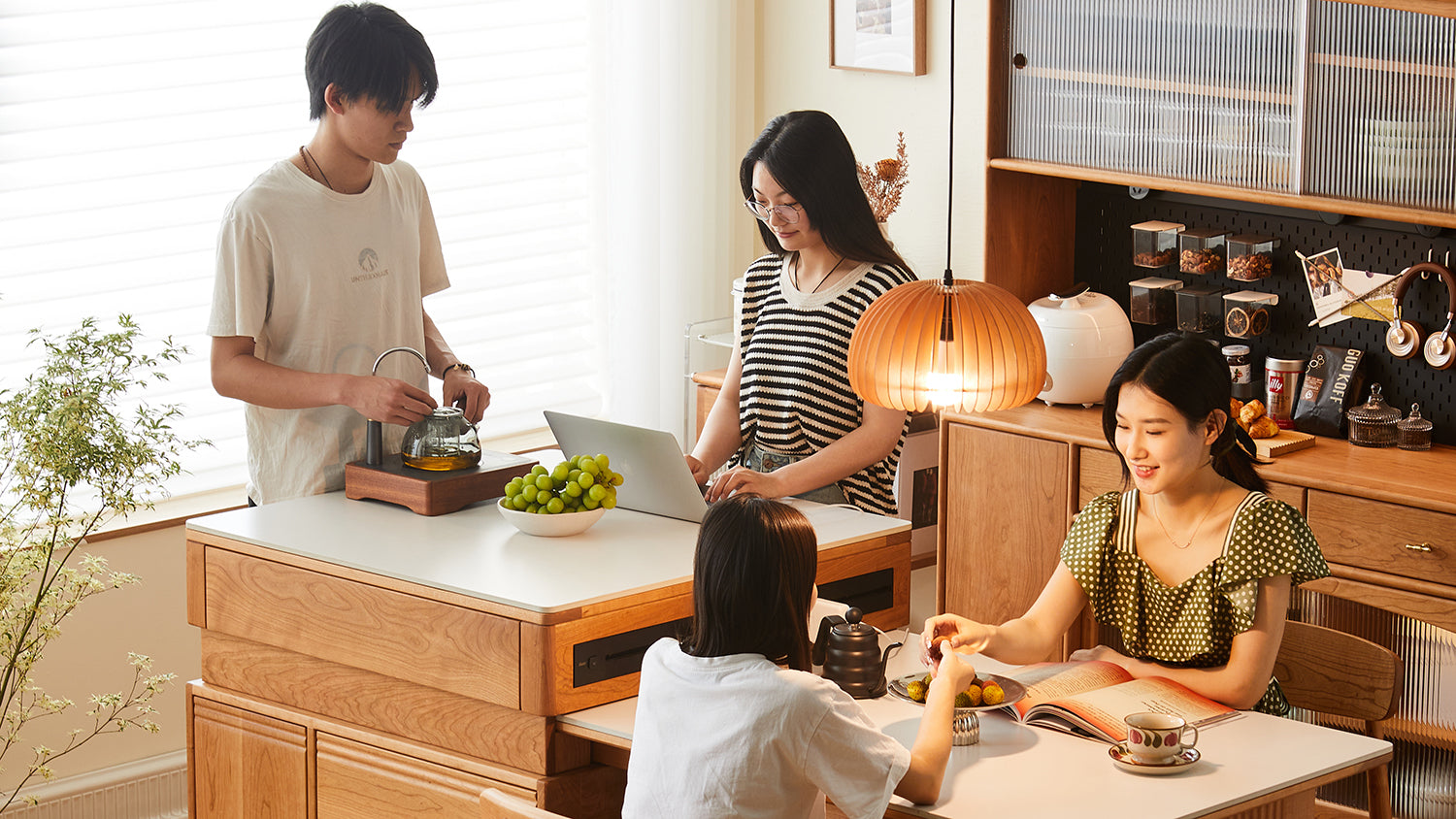

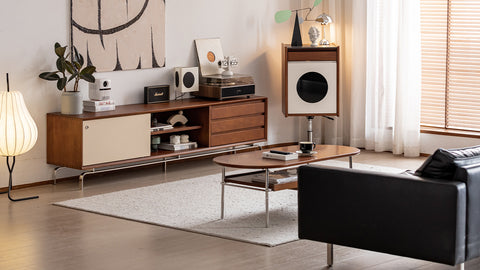
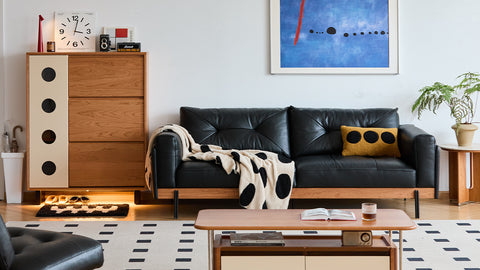
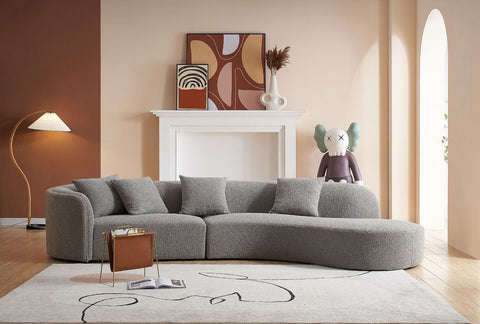
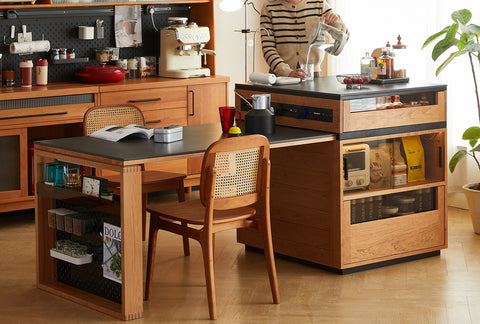
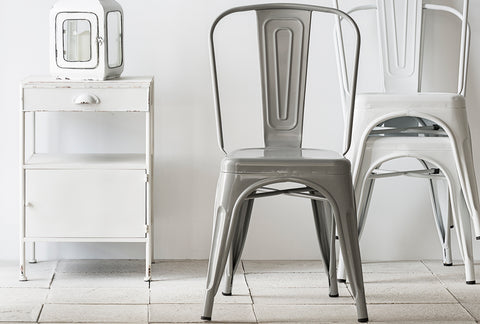
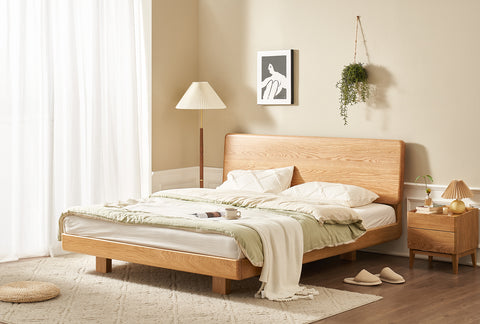
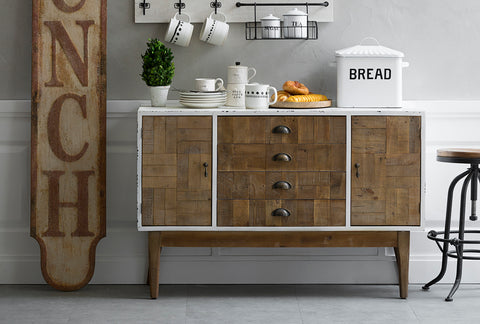




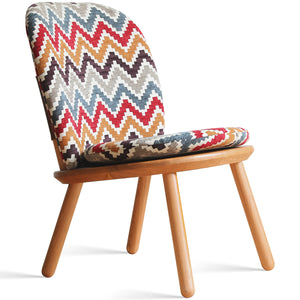
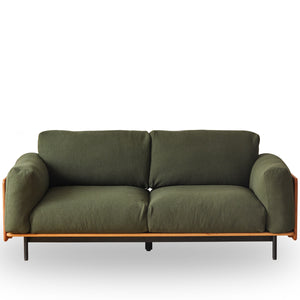

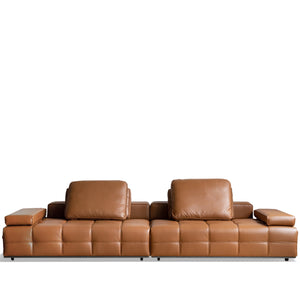
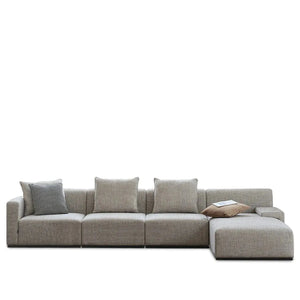
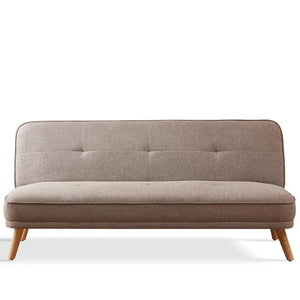
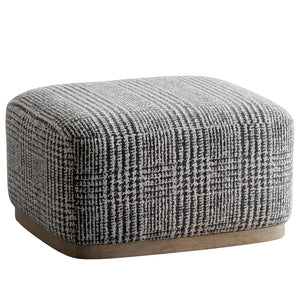
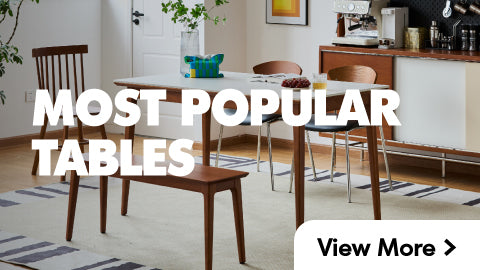
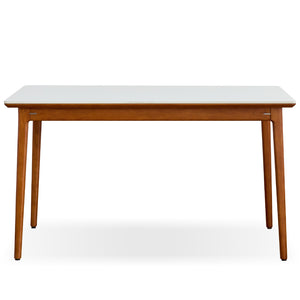

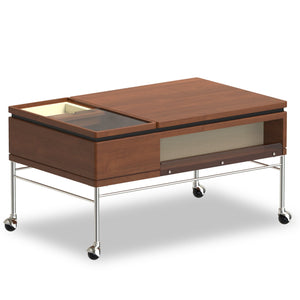
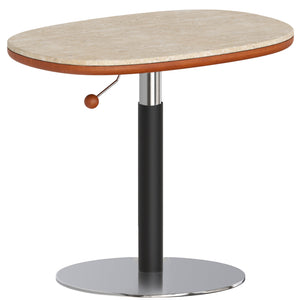
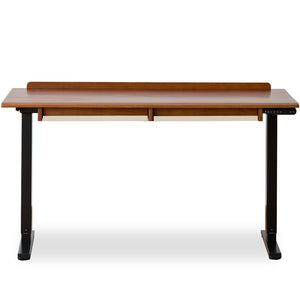


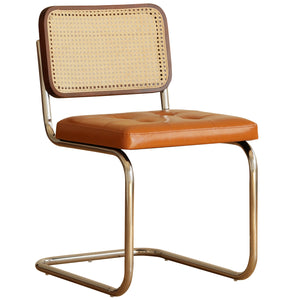
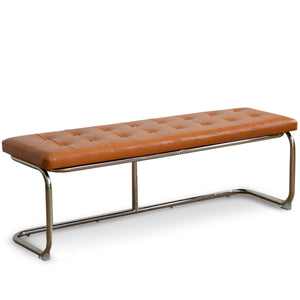
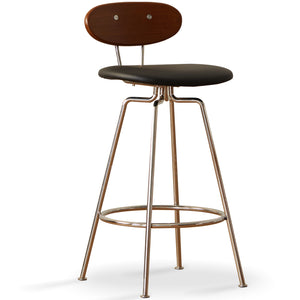
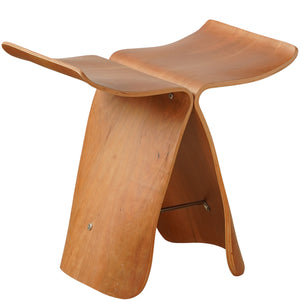
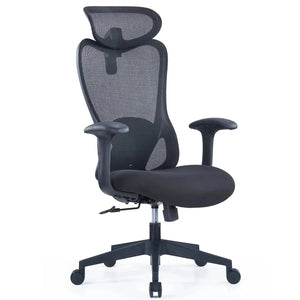

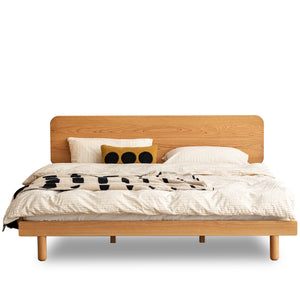
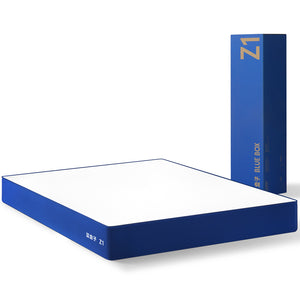

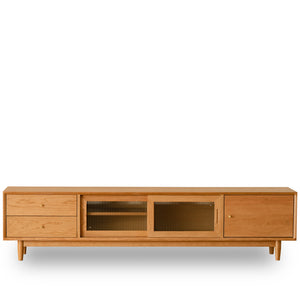
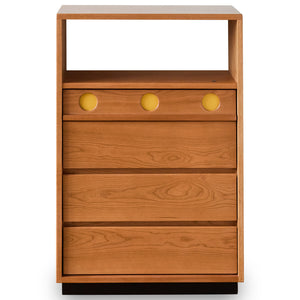
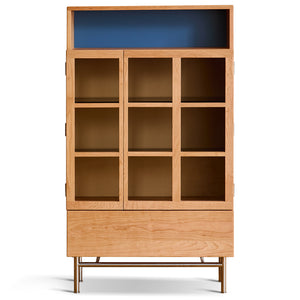

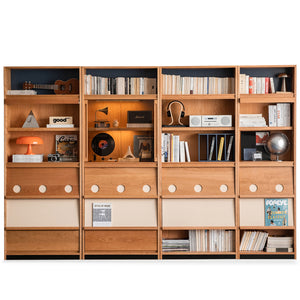


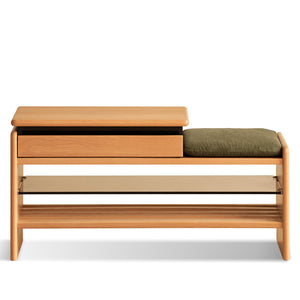
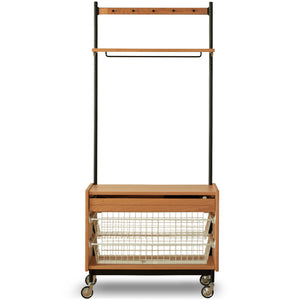
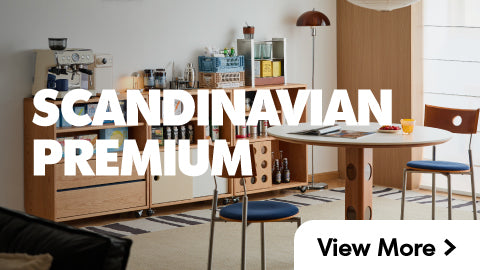





















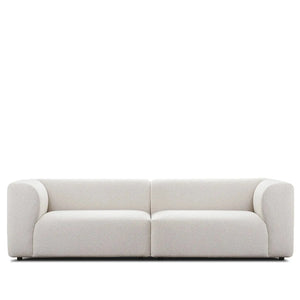





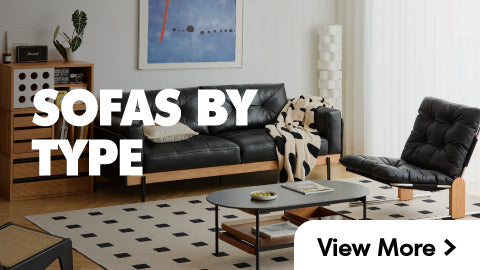
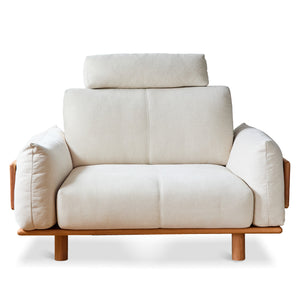
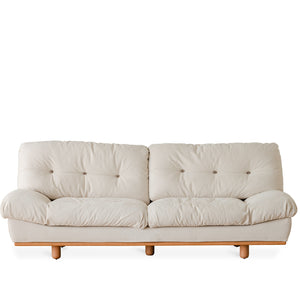
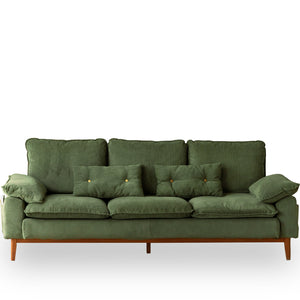
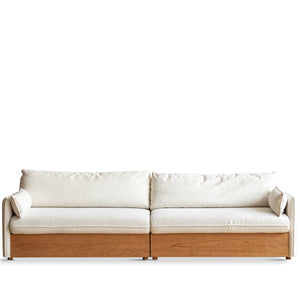
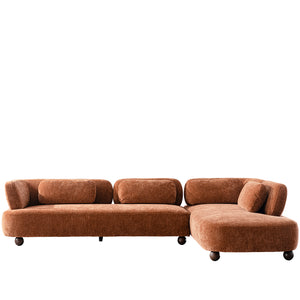
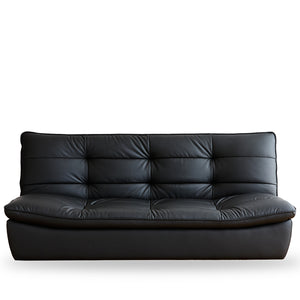

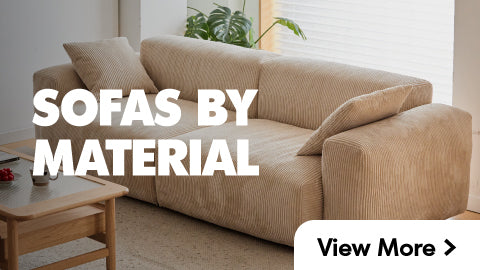
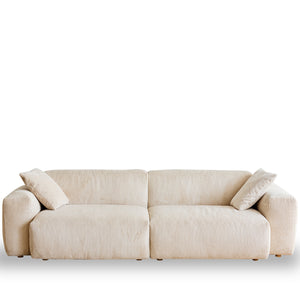

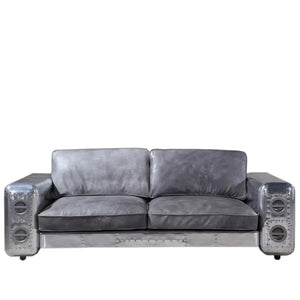
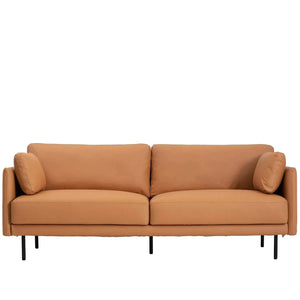
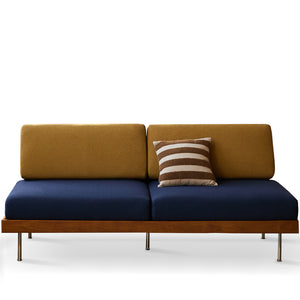

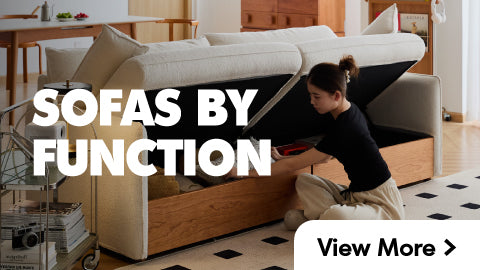

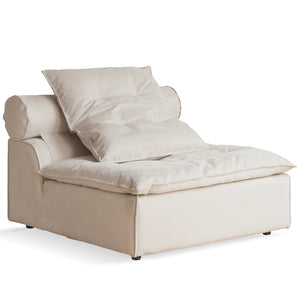
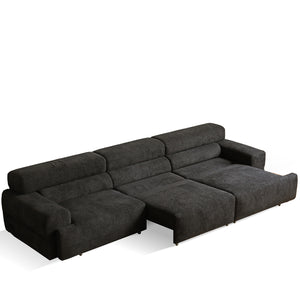
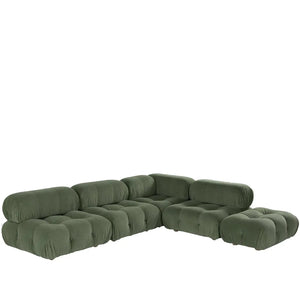
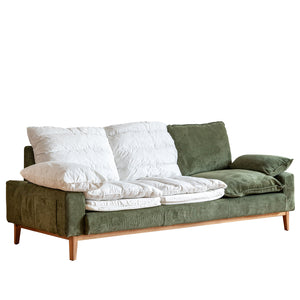
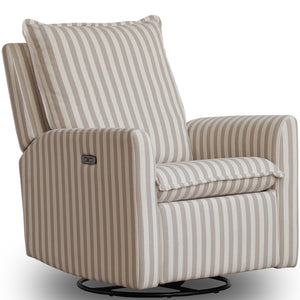
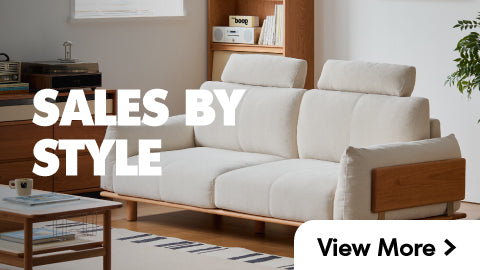
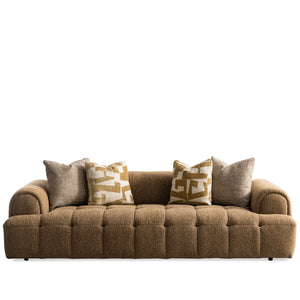
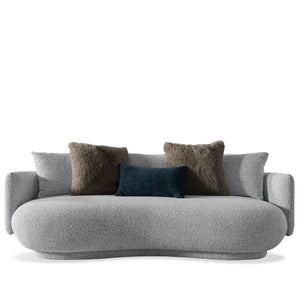

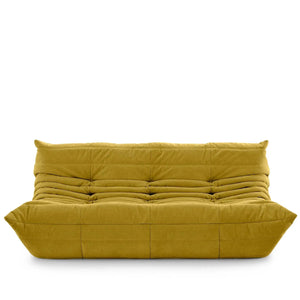
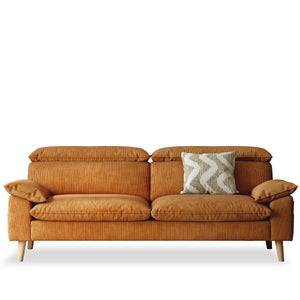
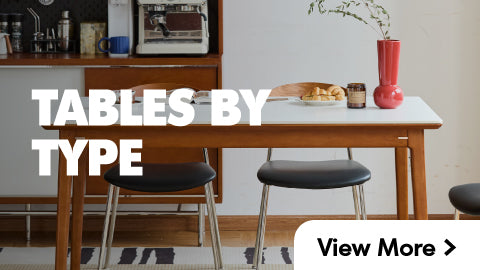

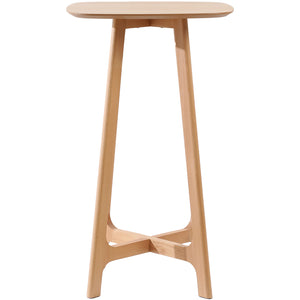
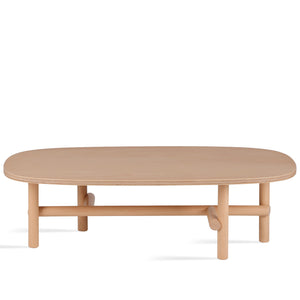
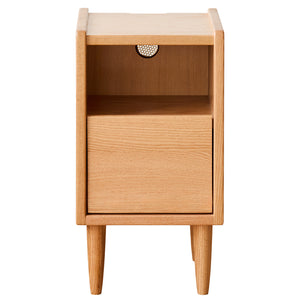
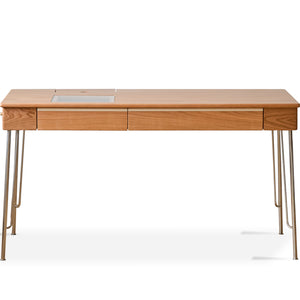
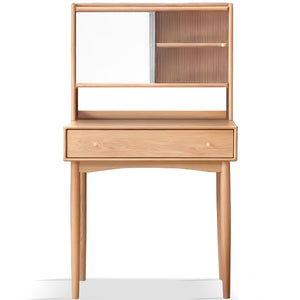


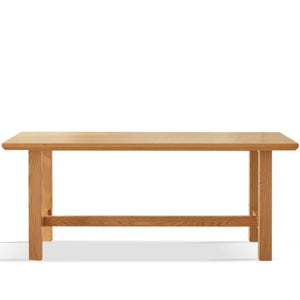
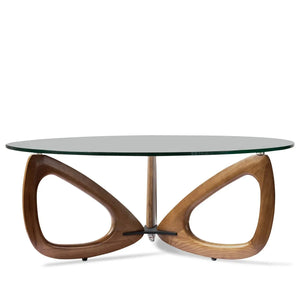

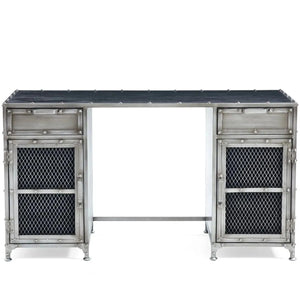
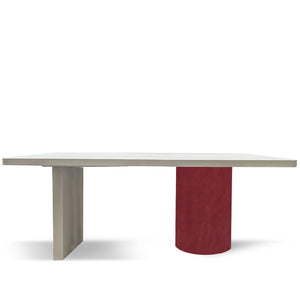

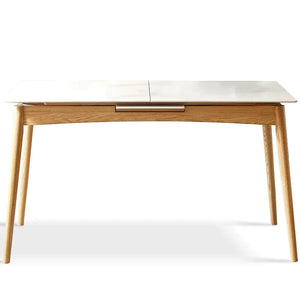
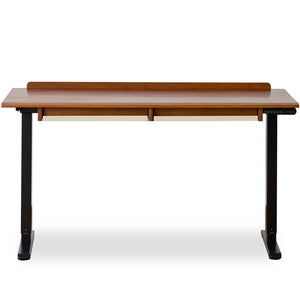
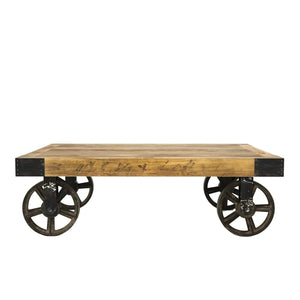
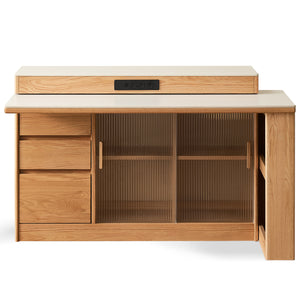
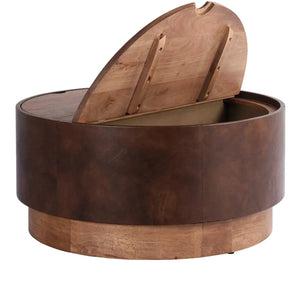
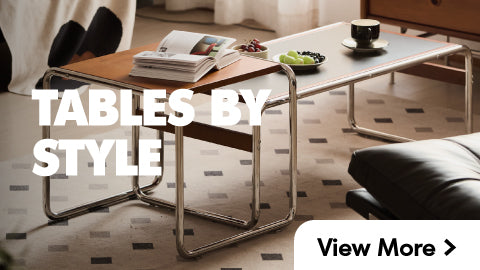
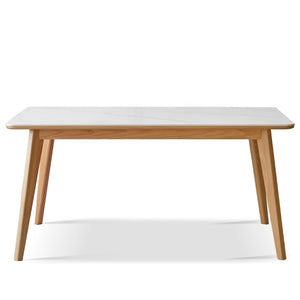
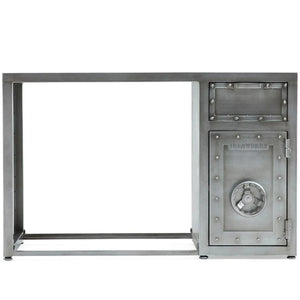
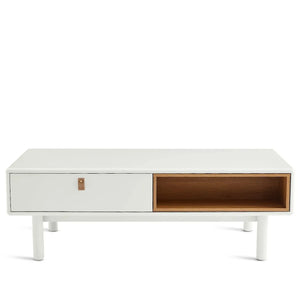
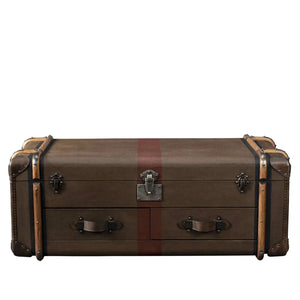
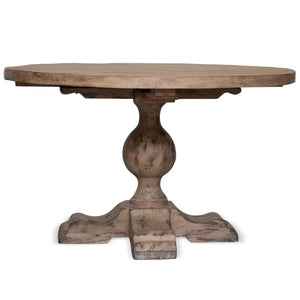

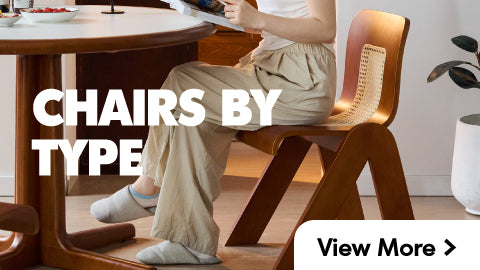
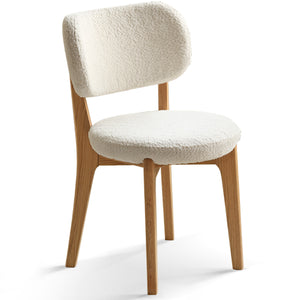
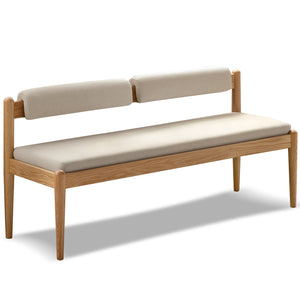
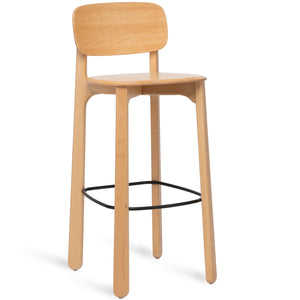
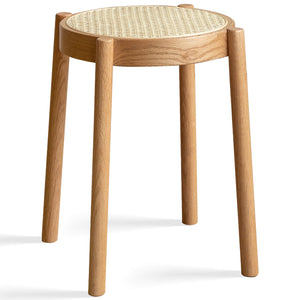
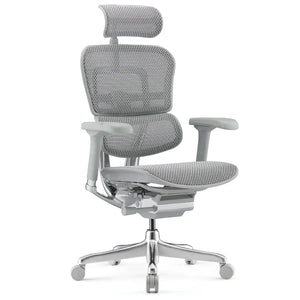
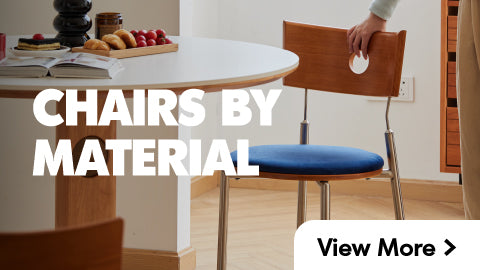
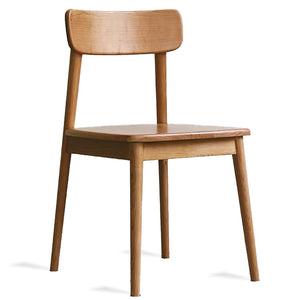
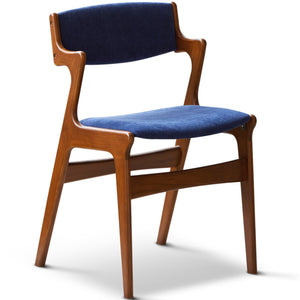

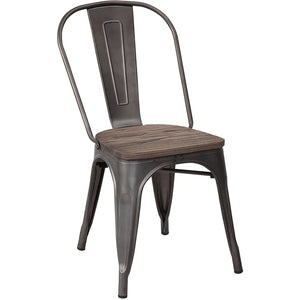
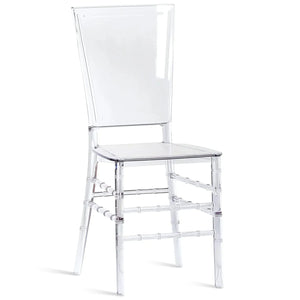
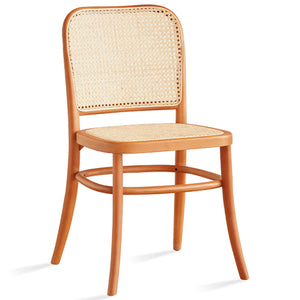
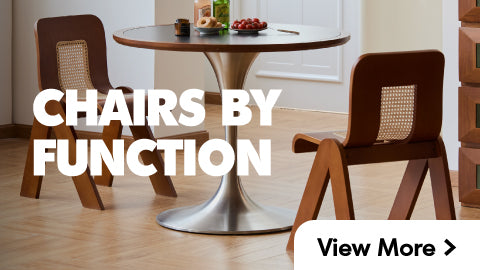


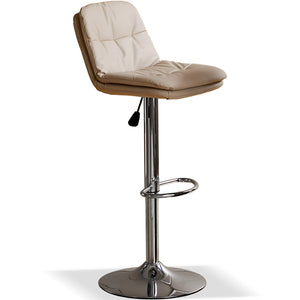

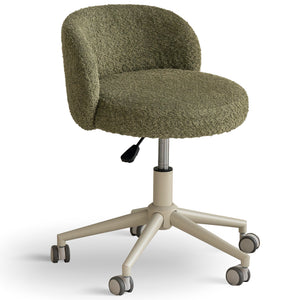
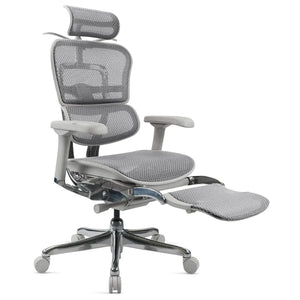
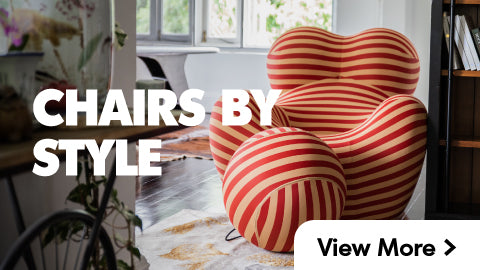
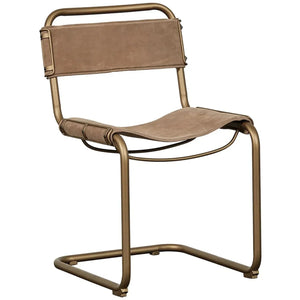
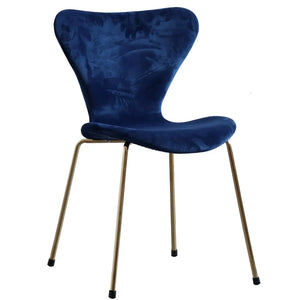
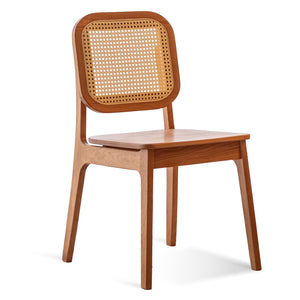
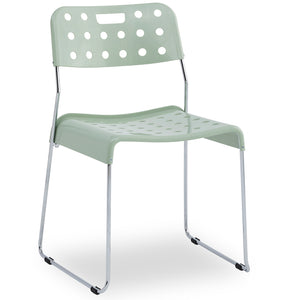
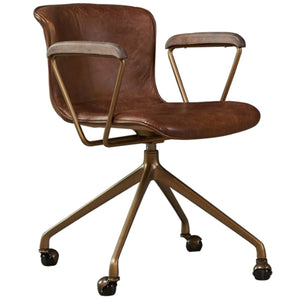

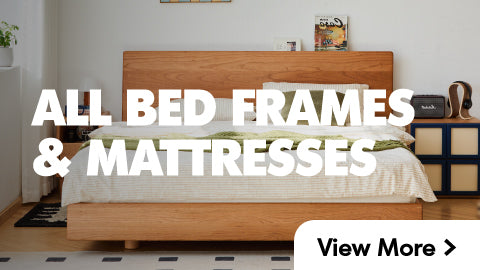
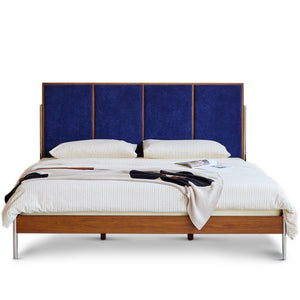
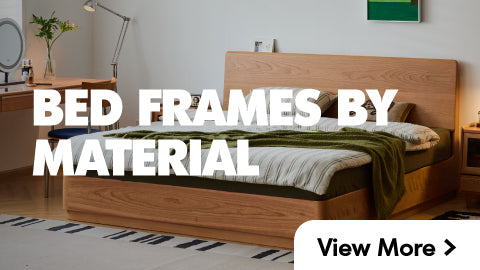
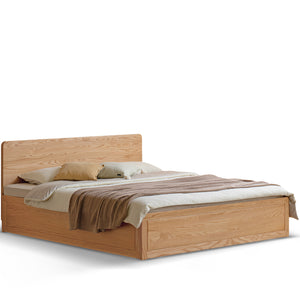
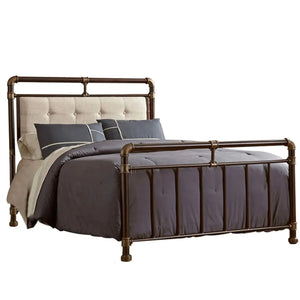
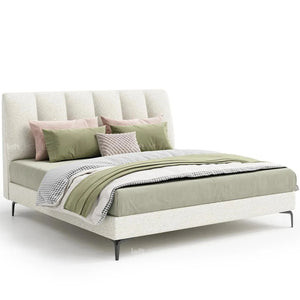
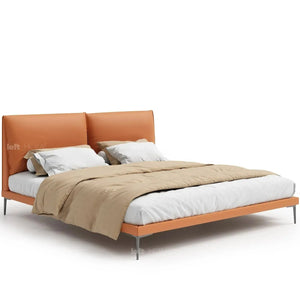
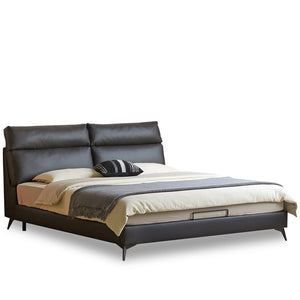
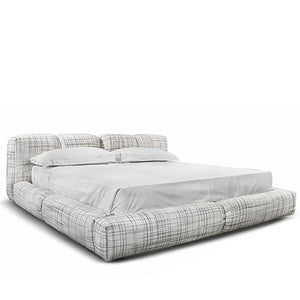

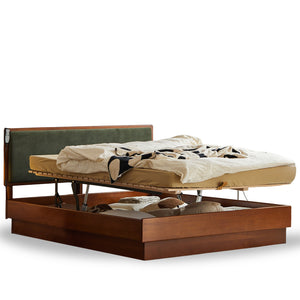
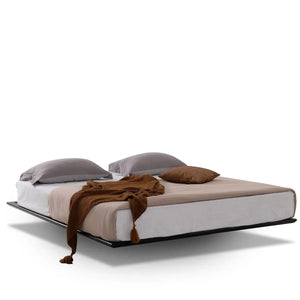
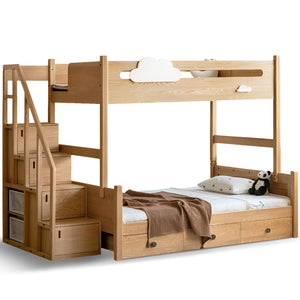
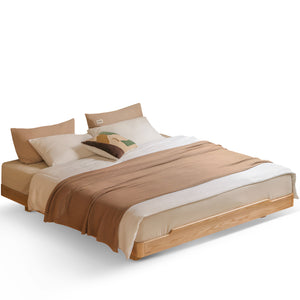

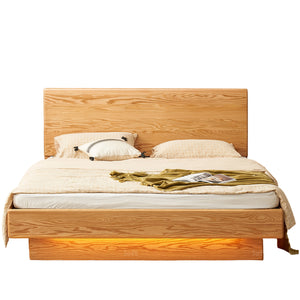

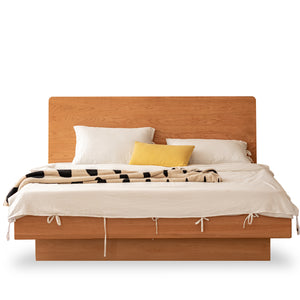
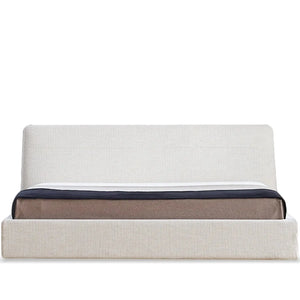


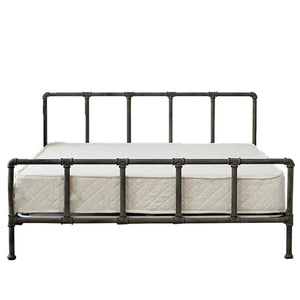
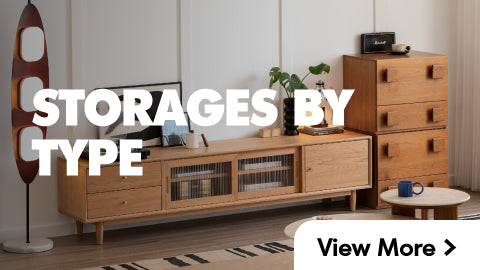
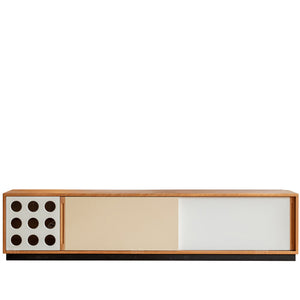

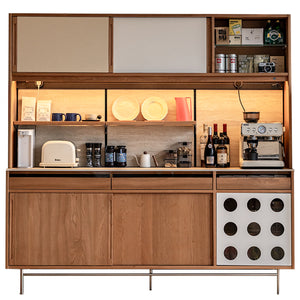
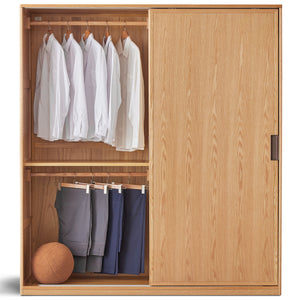
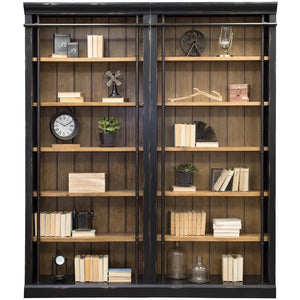
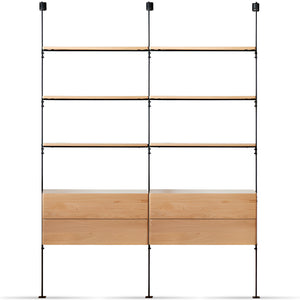
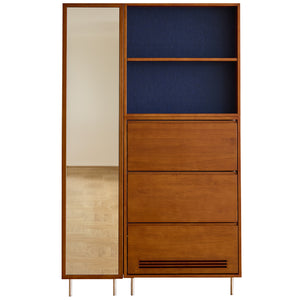
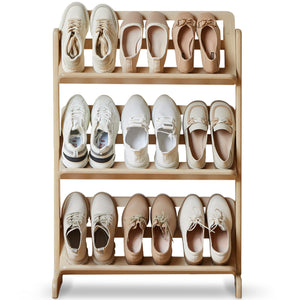
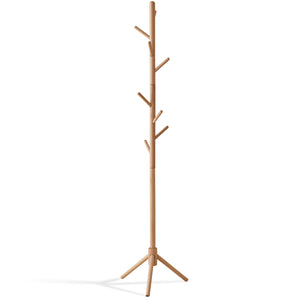
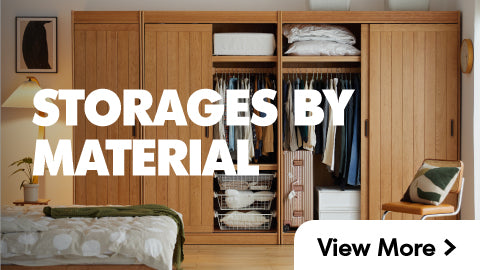
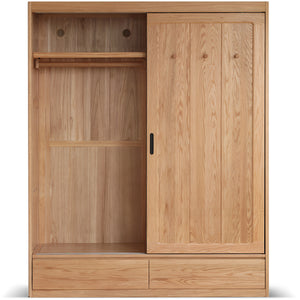
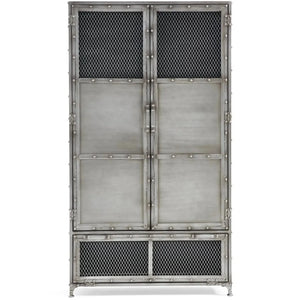
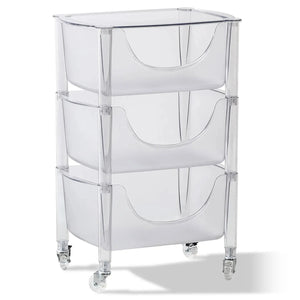

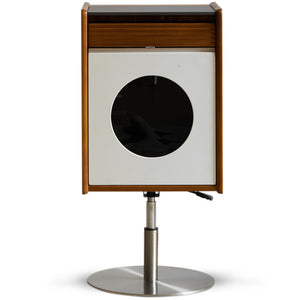
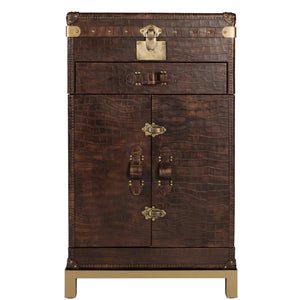
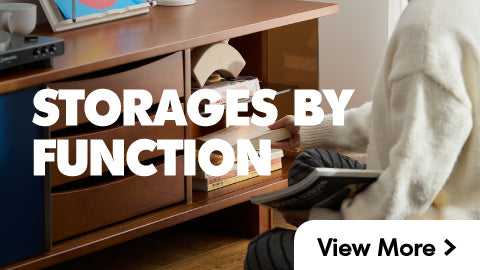

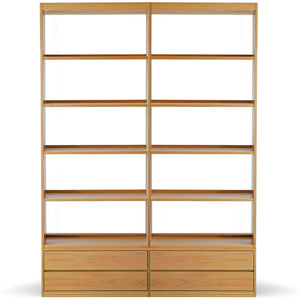
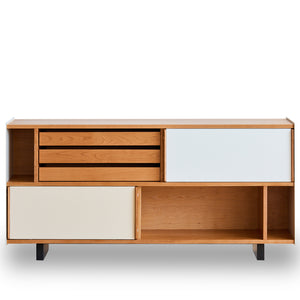
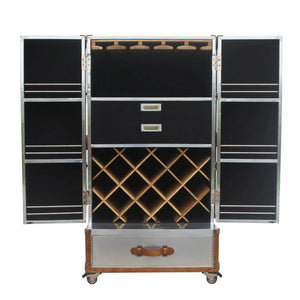
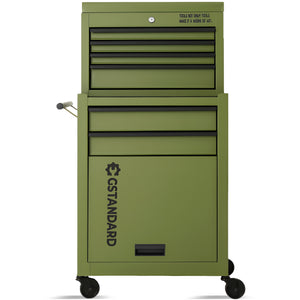
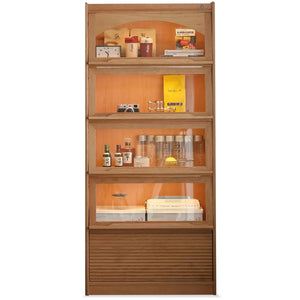
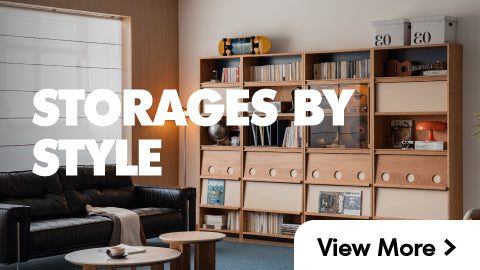
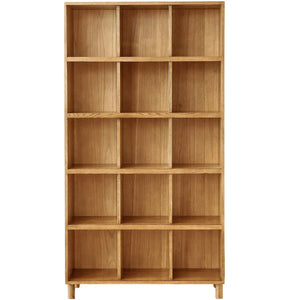
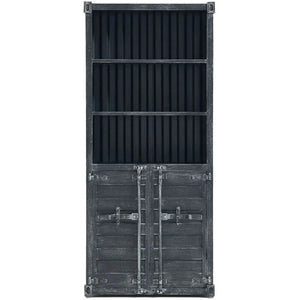
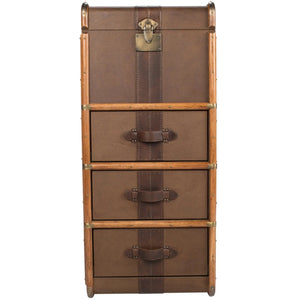
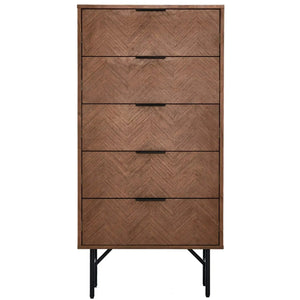
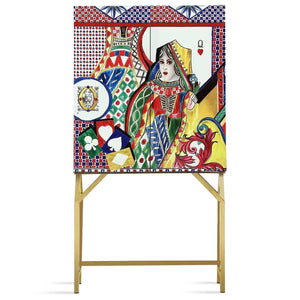
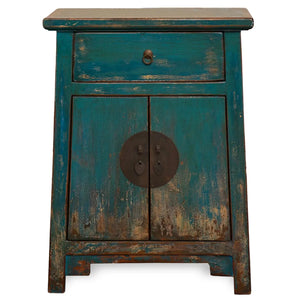


























































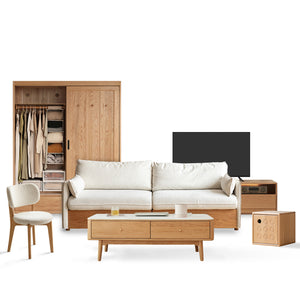
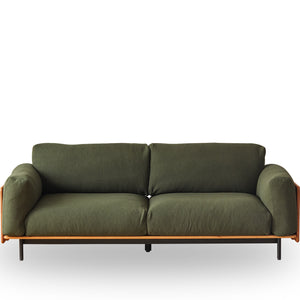
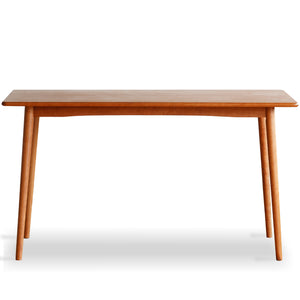
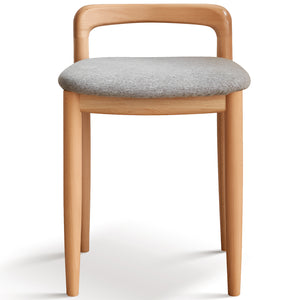
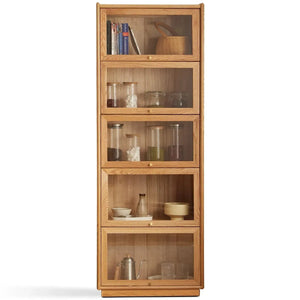
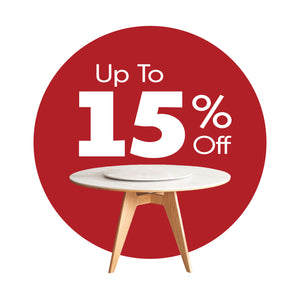

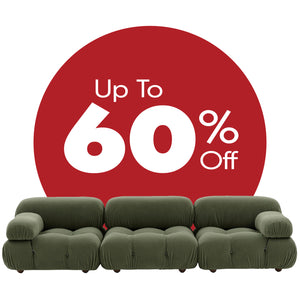
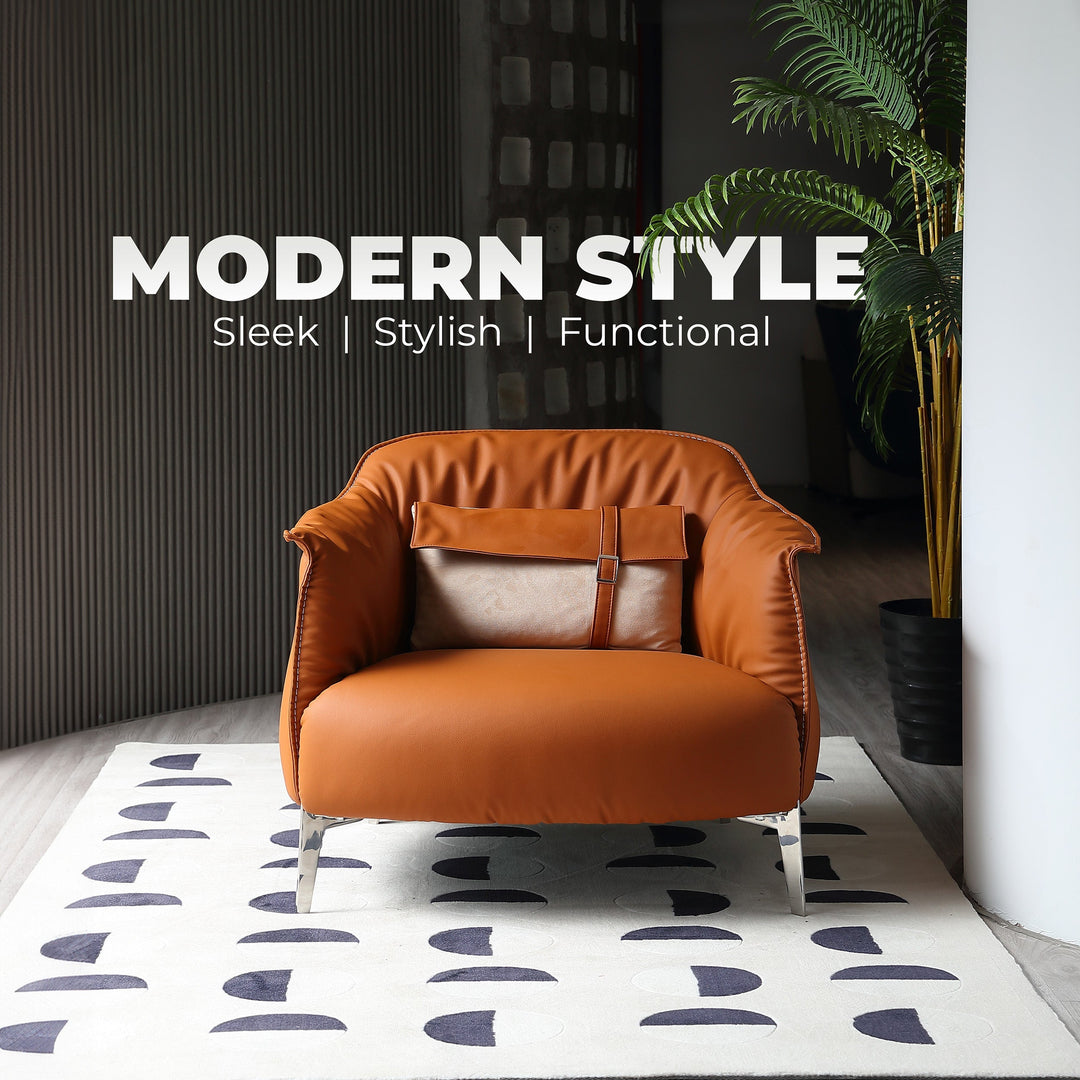
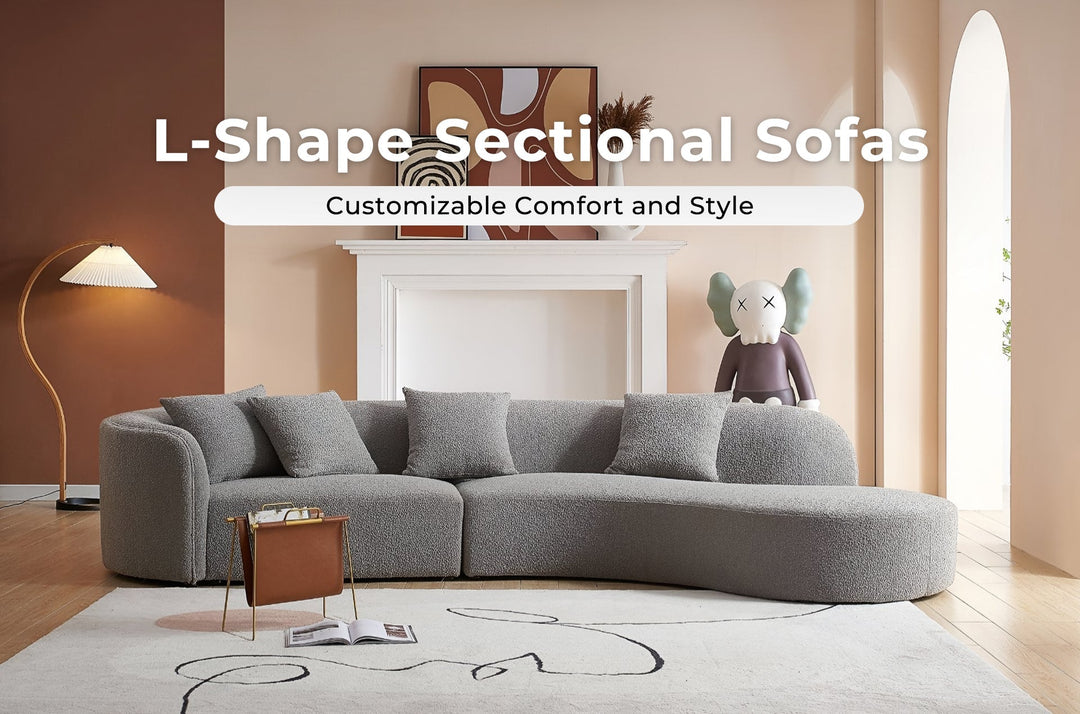

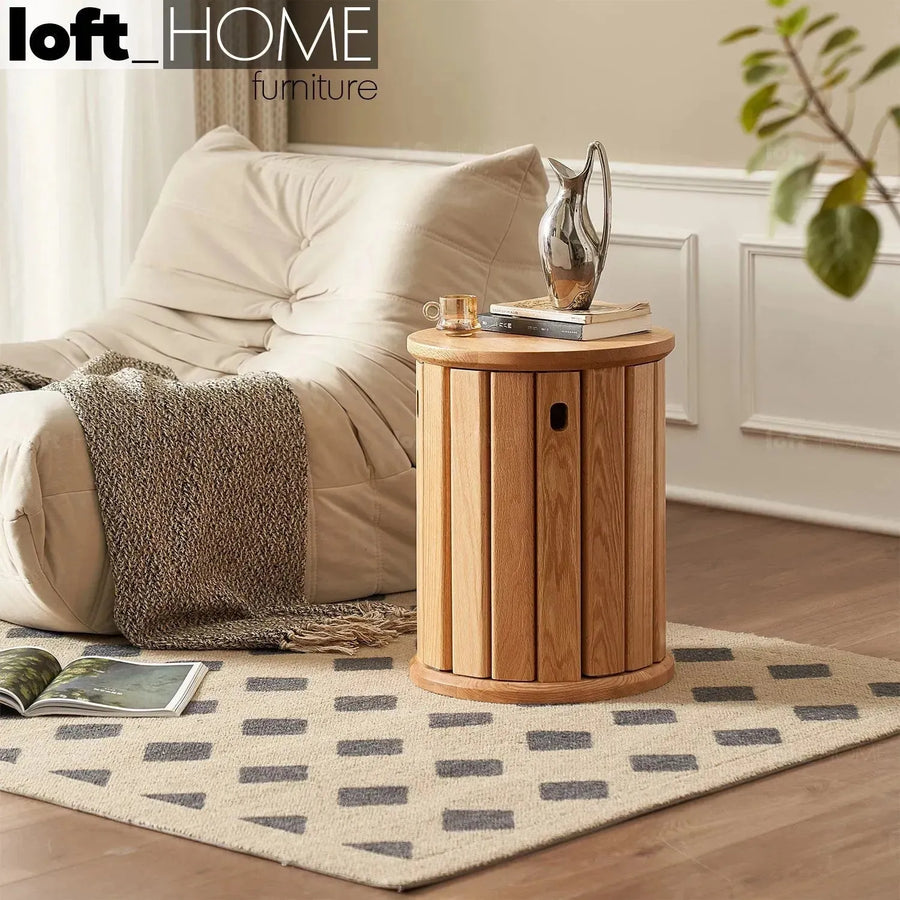
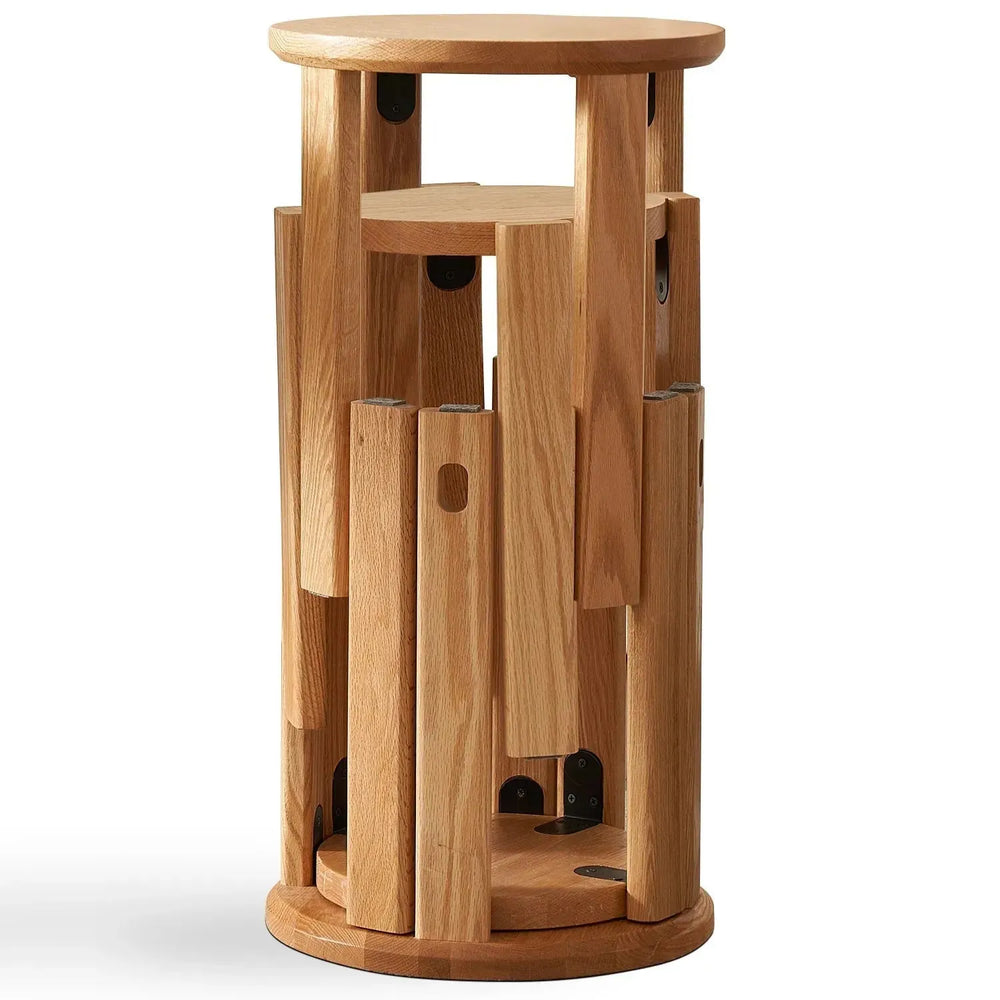



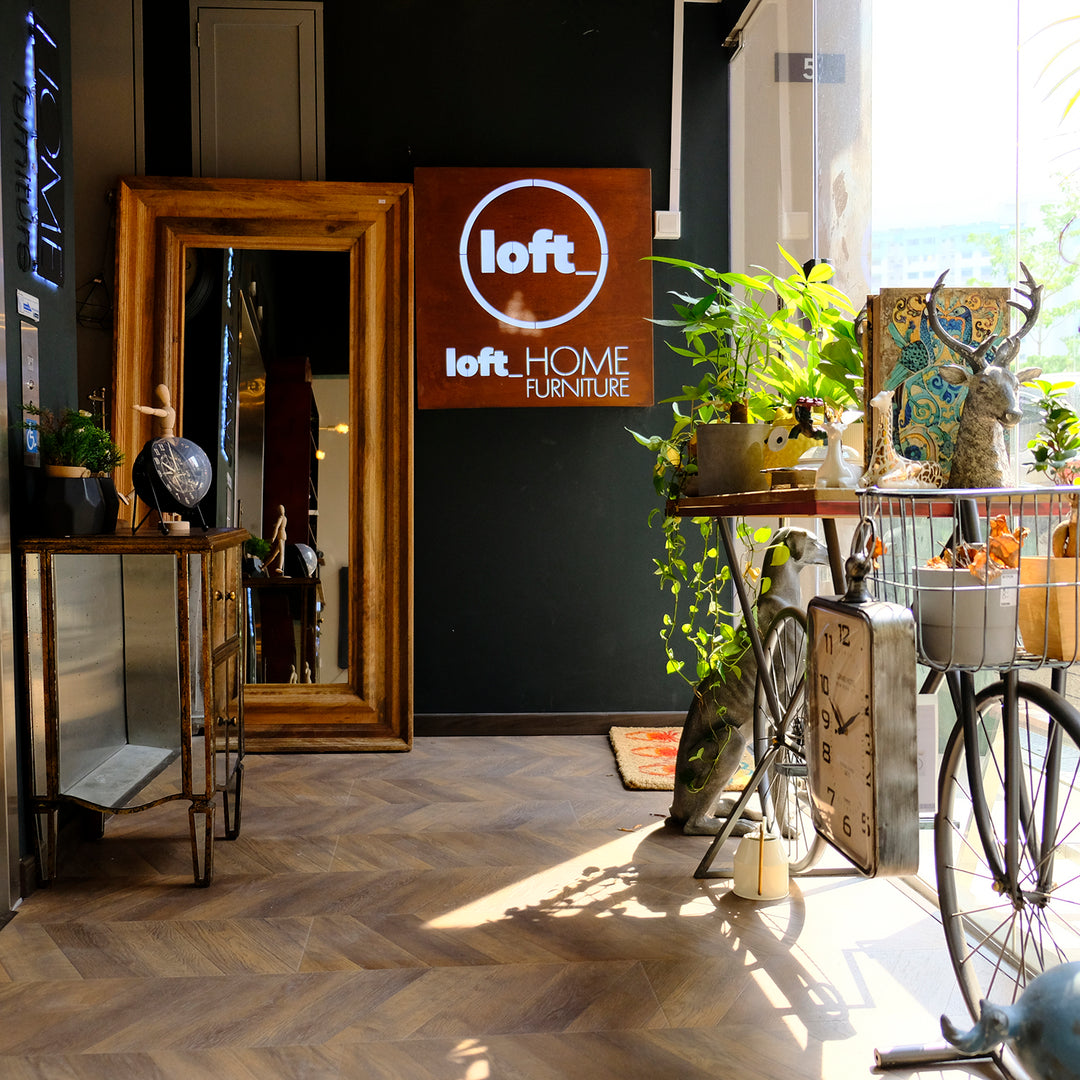
Leave a comment